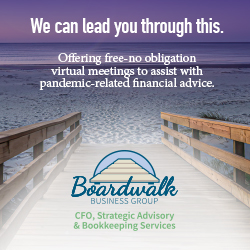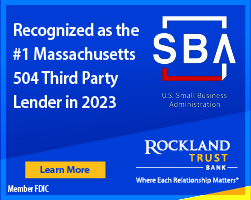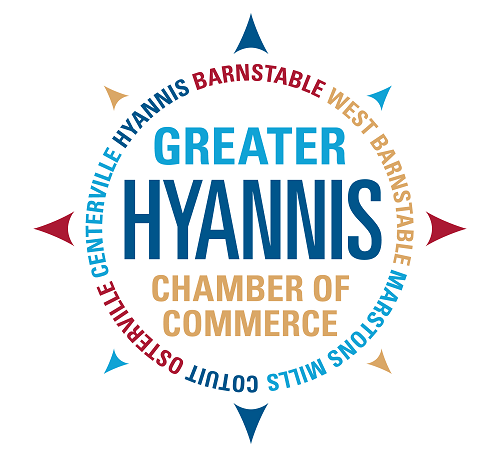By Ja-Naé Duane
Think peanut butter and jelly. Or Cleopatra and Marc Antony. Or pen and paper. All capture that special something, that special partnership, that comes when two great things just go together. Something similar can happen when you’re starting a business. Going it alone may make sense, but for many entrepreneurs, finding the right co-founder can be the thing that takes you from good to great. Of course, if amazing co-founders were easy to find, everyone would have one. But never fear. Here are some things to help you with your search.
- What do you need? Start by making three lists: All the areas of the business that you are comfortable handling on your own All the areas that you could hire someone to do All the areas of the company that you absolutely need to get going that you have little to no knowledge in These lists will give you a clear sense of your current reality. Now it’s time to dive into your third list and identify the next skill set you must bring on board right now for the business to get going. It might be a programmer or a software engineer that you need to take your idea and turn into a product. The skill that comes with the highest priority needs to play a key role in your search.
- Write out a job description for that person. Co-founders need to know what to expect. Plus, by writing out a job description, you can share it with your network and use them as a resource to help you find the right person. As you right out the description, consider writing your own job description, too. How does your role relate to this position you want to fill?
- Set up coffee meetings. Do some “speed dating” with as many potential candidates as possible. In this case, more can definitely be better, and small things count in these sessions. See whether candidates show up on time. Do they share your values? And what about the chemistry? Do you fill that “click?”
- Run a test with top candidates. You might like someone personally, but that doesn’t mean that you’ll work well together. Decide on a small test project that you can use to try out your working relationship. Make the test no longer than two weeks and identify clear benchmarks and key metrics before you start. This process allows both parties to be on the same page and measure the same things for success.
- Negotiate. Negotiate. Negotiate. If the test proves success, and you both feel like you’re on the same page, then negotiate the terms of your partnership as soon as possible. Make sure that there is consensus on roles (see #2), responsibilities, and the terms of the agreement. The sooner you can reach agreement and get it in writing the better. Only then does it make sense to dive into the guts of the bigger business project. I can’t guarantee that this process will lead you to your startup soulmate, but I do know that the best partnerships rarely happen by accident.
A version of this article originally appeared at StartupEquation.com.
Ja-Naé Duane is Founder of The Revolution Factory and co-author of The Startup Equation. She can be reached at janaeduane@gmail.com.


























